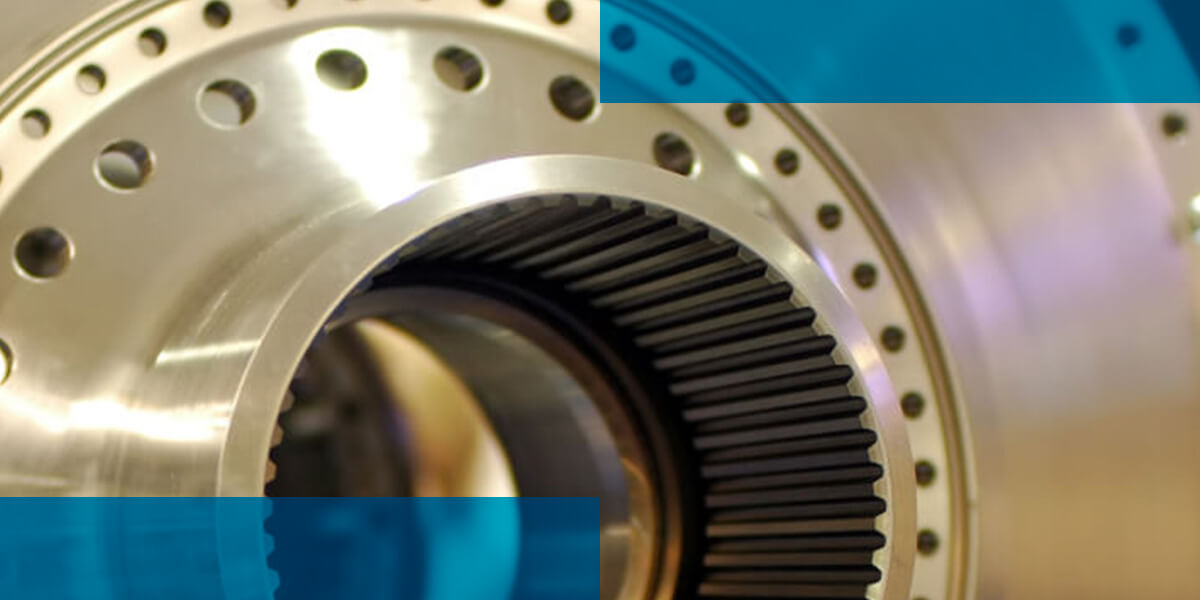
Removing process contamination from your parts is critical for creating usable, high-quality products. But which parts washing process should you use? Here’s why vapor degreasing might be the right parts degreasing process for your facility.
A vapor degreaser is a powerful, closed-loop steel machine that consists of two top-loading tanks containing solvent at the bottom and refrigerant coils at the top. From start to finish, the degreasing process only takes a few seconds. Here’s how it works:
Because this process is easily programmable, you can exercise tight process control for consistent results.
Vapor degreasing is common in virtually any industry that requires consistent, precise parts cleaning, such as:
From ultrasonic parts cleaning to heat sterilization, there are many parts washing processes you can use in your facility. Here are some of the biggest advantages of choosing vapor degreasers.
Whether you need to run small or large batches, vapor degreasing delivers consistently excellent results in a short period of time. The vapor degreaser process is easily programmable, so you can easily adjust batch sizes to meet changes in throughput without needing extra operators.
The vapor degreaser process takes only a few seconds, making it an efficient method for cleaning large batches of parts in a short period of time.
Plus, there’s no need to scrub, wipe or dry excess residue from parts after the cycle finishes, making the process much more efficient than other cleaning methods, such as aqueous parts washing. Even a relatively small degreaser can outperform other, larger systems.
Inconsistency is one of the biggest frustrations manufacturers experience when cleaning parts, which can cause facilities to fall short of compliance with critical industry standards. This can raise costs associated with noncompliance and impact your bottom line.
Vapor degreasing consistently cleans parts to strict specifications so you can comply with all applicable regulations. Essentially, you can reduce costs without sacrificing results.
The ultrasonic cleaning process, also known as the aqueous cleaning process, uses high-frequency sound waves and a water-based solution to clean equipment. While this method works well for general applications, it’s not powerful enough for complex or heavily soiled parts.
You can equip larger vapor-degreasing systems with ultrasonic tanks to more effectively clean parts. The ultrasonic agitation combined with a powerful solvent enables you to eliminate contaminants at the molecular level, ensuring excellent results in only a few seconds.
Vapor-degreasing solvents are powerful enough to remove almost any type of contamination, including but not limited to:
Each solvent is better for different contaminants, so be sure to choose the one that matches your process requirements. Because the vapor degreaser process doesn’t require water or harsh scrubbing, you can safely clean parts of a wide variety of materials, including metal, glass and plastic.
Drying parts using manual or mechanical processes can often introduce new contaminants, resulting in parts that are unfit for packaging or further processing. Additionally, completely drying parts with intricate geometries is difficult using conventional methods.
A vapor degreaser equipped with a vacuum pump evaporates solvent from blind holes and internal cavities, such as CNC machining parts.
Today’s vapor degreasers are safer and more environmentally friendly than many other parts washing technologies. For one thing, the refrigerant coils in vapor degreasers produce fewer emissions.
By creating a region of cool air at the top of the tank, the coils keep the hot solvent within the vapor zone. This prevents vaporous solvent from escaping into the air, which protects operators’ lungs from harsh chemicals. It also traps hot contaminants within the system, preventing environmental damage.
While closed-loop vapor degreasers equipped with vacuum drying technology are still fairly new to the parts washing space, they outperform earlier models in the level of cleanliness they are able to achieve.
For example, the Pero line of industrial parts washing systems combines several cleaning technologies, including vapor degreasing, injection flood washing and vacuum drying, to deliver excellent results with rapid cycle times. Pero’s environmentally friendly design conserves water, reducing the load on your waste system and making it safer for operation.
Researchers have also been making innovations in solvent technology. New water-based degreasing solvents are significantly less hazardous to the environment than older solvents containing n-propyl bromide, a substance the EPA added to the list of hazardous air pollutants in 2022.
Choosing the best parts washing system for your facility is vital for delivering the results you need. If you think vapor degreasing could be the right choice for you, consider partnering with a leading supplier like New England Sales for a system that matches your industry’s specifications.
Browse our vapor degreasing products online, and feel free to contact a New England Sales representative with any questions.